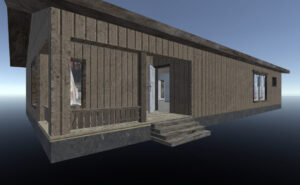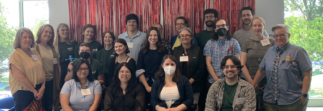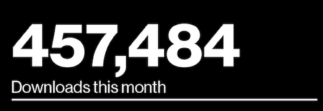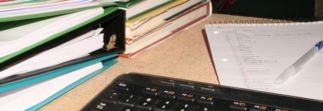Mariana Roa Oliva and Maya Bjornson Named Women@MIT Fellows for Spring 2021
As fellows, the artists will engage in archival research using Distinctive Collections to create an experimental video game featuring the narratives and discoveries of women, gender non-binary, and gender non-conforming trailblazers from MIT’s rich history. In their project, “A Lab of One’s Own,” participants will play an unnamed researcher living on a small island scattered with several observation stations. As players interact with the environment, including laboratory equipment, paper ephemera, and other objects, different characters will pop up to tell stories about their life and discoveries. The Women@MIT Spring Fellowship invited scholars, activists, artists, musicians, writers, and others engaged in the expansion and expression of knowledge to propose a project that would contribute to greater understanding of the history of women at the Institute and in the history of science, technology, engineering, and mathematics. The Women@MIT archival initiative, made possible thanks to the generous support of Barbara Ostrom ‘78 and Shirley Sontheimer, seeks to add the records of women faculty, staff, students, and alumnae to the historic record by collecting, preserving, and sharing their life and work with MIT and global audiences.

Holly Jackson ‘22 helped develop an algorithm to virtually unfold and read historic letters.
Nature Communications Features Letterlocking Research
An international team of researchers led by Jana Dambrogio, Thomas F. Peterson (1957) Conservator, has developed a computational method for virtually unfolding centuries-old “locked” letters written on elaborately cut, folded, and sealed paper. Their findings appeared in a recent Nature Communications article titled, “Unlocking History: Virtual Unfolding Reveals Secrets of Sealed Documents.” The flattening algorithm was developed by Holly Jackson, an MIT undergraduate student in computer science, and Amanda Ghassaei, a graduate of MIT’s Center for Bits and Atoms. Examining letters’ contents without irrevocably damaging the systems that secured them represents a breakthrough for the study of historic documents, as the papers’ folds, tucks, and slits are themselves valuable evidence for historians and conservators.



